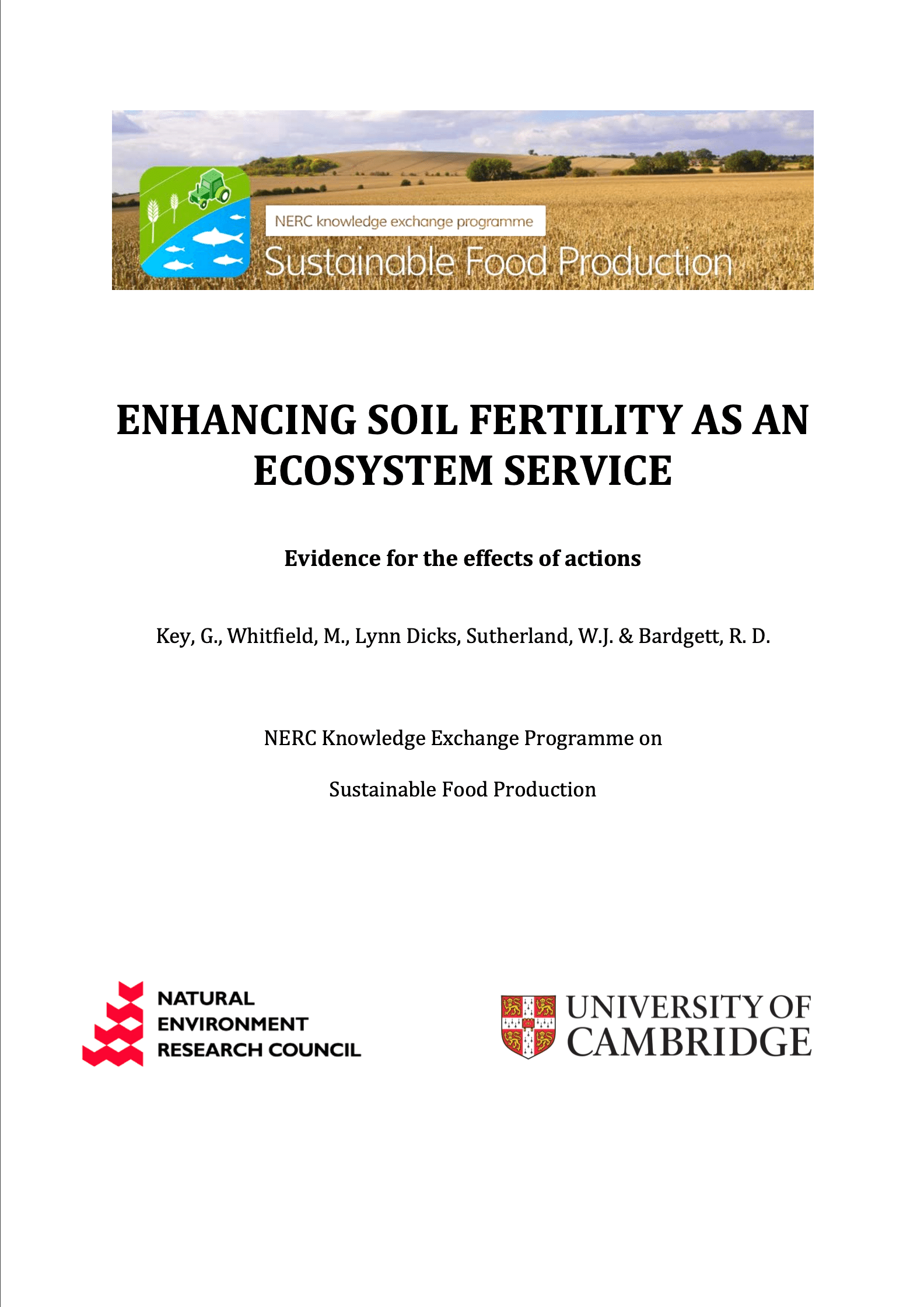Reduce grazing intensity
Overall effectiveness category Likely to be beneficial
Number of studies: 3
View assessment score
Hide assessment score
How is the evidence assessed?
Effectiveness
51%Certainty
58%Harms
14%
Study locations
Supporting evidence from individual studies
A replicated experiment in 1993-1996 on loamy and clay-loamy soils in southern New South Wales, Australia (Greenwood et al.1998), found that compacted soils recovered naturally when sheep were excluded for 2.5 years. Soil permeability (35 mm tension) and soil density (under low to high stocking rates: 1.20, 1.18 and 1.18 t/m3 respectively) in areas ungrazed for 2.5 years, were comparable to soils ungrazed for 27 years (25 mm and 1.17 t/m3). However there was large year-to-year variation in soil permeability. Each plot (0.4 ha) had three stocking rates (established in 1983) – ungrazed, low (10 sheep/ha), medium (15 sheep/ha) and high (20 sheep/ha) – replicated four times. Sheep were excluded from two 1 x 2 m areas in each plot in September 1993. Rainfall and evaporation were recorded at a weather station 3 km from the site. The soil permeability was measured twice in each plot. Soil density was determined in 1996 by four soil cores taken from each plot.
Study and other actions testedA replicated experiment from 1989 to 1997 on a clay soil in northern Syria (Ryan et al. 2008) found that reducing grazing intensity generally increased soil organic matter levels, by 264 t/ha with zero grazing, 253 t/ha with medium intensity and 250.8 t/ha with high intensity grazing of crop residues. Three replications of 36 x 120 m plots included continuous wheat Triticum aestivum, and wheat-fallow, wheat- lentil Lens culinaris, wheat-chickpea Cicer arietinum, wheat-vetch Vicia sativa, wheat-pasture medic Medicago sp., and wheat-watermelon Citrullus vulgaris rotations. Within each rotation were four smaller 36 x 30 m sub-plots receiving 0, 30, 60 or 90 kg N/ha. Within these were three 12 x 30 m grazing treatments: no, medium and heavy grazing of crop stubbles. Soil organic matter, nitrogen/nitrates, and phosphorus were measured at the beginning of each cropping season.
Study and other actions testedA controlled, replicated experiment in 2004-2008 on silt loam soil in New Zealand (McDowell & Houlbrooke 2009) found that phosphorus loss from forage crop fields was reduced by 26% and 36%, and sediment loss by 35% and 53%, when cattle and sheep grazing was reduced to three/hours a day. Grazing cattle or sheep on forage crops increased phosphorus loss by approximately 100% (1.3 kg/ha) and 33% (0.9 kg/ha) respectively, relative to grazing sheep on pastures (0.6 kg/ha). Cattle or sheep grazing increased the amount of fine sediment washed from fields by 1,000% (0.7 mg/ha) or 500% (0.4 mg/ha), compared to grazing sheep on pastures (0.06 mg/ha). There were 28 plots (10 × 25 m) testing combinations of the following treatments: cattle or sheep grazing on winter forage crops (triticale Triticosecale Wittmack, then kale Brassica oleracea), sheep grazing on pasture, restricted grazing, and/or alum addition (20 kg/ha following grazing). Treatments were replicated four times.
Study and other actions tested
Where has this evidence come from?
List of journals searched by synopsis
All the journals searched for all synopses
This Action forms part of the Action Synopsis:
Soil Fertility
Soil Fertility - Published 2013
Soils Synopsis




















